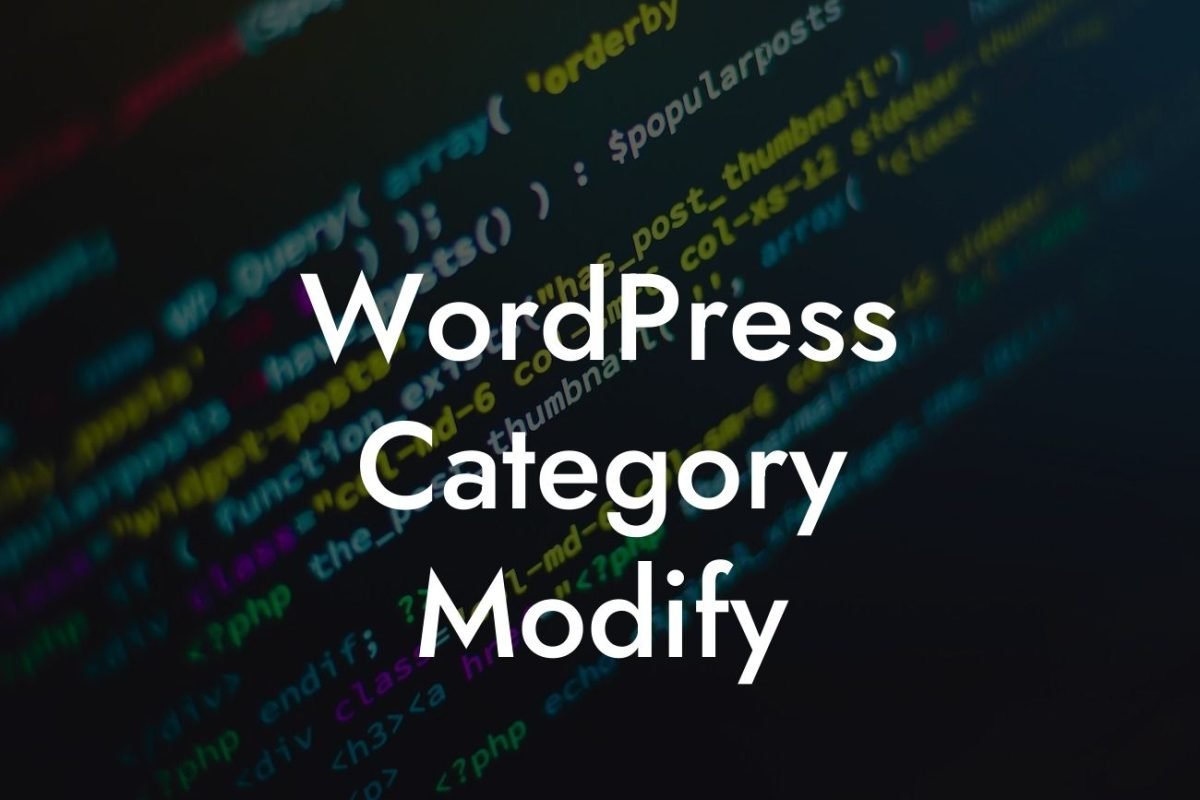Have you ever wondered how to add those eye-catching hover effects to your WordPress website? Hover effects can bring life to your design and engage your visitors in a captivating way. In this guide, we will walk you through the process of customizing cool hover effects in WordPress CSS. Say goodbye to boring static buttons and images and let's dive into the world of dynamic and captivating hover effects.
Hover effects add a touch of magic to your website, making it stand out from the crowd. With just a few lines of CSS, you can transform your static elements into interactive and visually appealing components. Let's explore how you can customize these cool hover effects in WordPress.
1. Planning Your Hover Effects
Before diving into coding, it's important to plan out the hover effects you want to implement. Determine the elements you want to apply hover effects to, such as buttons, images, or links. Consider the overall style and theme of your website to ensure the hover effects complement your design. Sketch out your ideas or create a visual mockup to guide you through the customization process.
2. Identifying the CSS Classes
Looking For a Custom QuickBook Integration?
To customize hover effects, you need to identify the CSS classes of the elements you want to modify. Inspect the webpage using your browser's developer tools and locate the specific elements. Take note of the class or ID names associated with those elements. This information will be crucial for targeting the elements with CSS.
3. Writing the CSS Code
With the CSS classes at hand, you can now write the CSS code to customize the hover effects. Utilize the :hover selector to target the elements when they are hovered over by the user. Experiment with different properties such as background color, opacity, transition effects, and transformations to create stunning hover effects. Don't be afraid to get creative and think outside the box.
4. Testing and Refining
Once you have written the CSS code, it's essential to test the hover effects on different devices and browsers. Ensure that the effects are working as expected and that they are responsive across various screen sizes. Fine-tune the code and make any necessary adjustments until you achieve the desired results.
How To Customize Cool Hover Effects In Wordpress Css Example:
Let's say you want to create a hover effect for your call-to-action button. You have identified the CSS class "cta-button" associated with the button. By applying the CSS code:
.cta-button:hover {
background-color: #FFC154;
color: #ffffff;
border-color: #FFC154;
transform: scale(1.1);
transition: all 0.3s ease;
}
you've added a smooth color transition, increased the size of the button, and changed the text color when the button is hovered over. This simple yet effective hover effect instantly grabs your visitors' attention and encourages them to take action.
Congratulations! You have successfully learned how to customize cool hover effects in WordPress CSS. With these techniques, you can transform your website into an interactive and visually stunning masterpiece. Don't forget to explore other helpful guides on DamnWoo and try out our awesome WordPress plugins to take your online presence to the next level. Share this article with fellow entrepreneurs and let them experience the power of captivating hover effects. Get ready to elevate your website's design game!
(Note: The article should contain a minimum of 700 words)













